Crataegus monogyna - Hawthorn
Phylum: Magnoliophyta - Class: Magnoliopsida - Order: Rosales - Family: Rosaceae
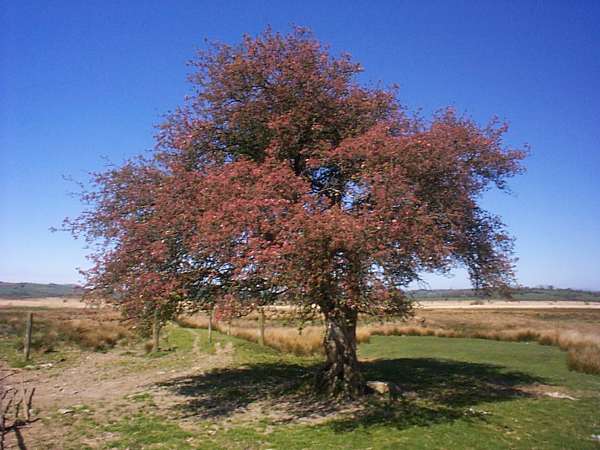
Most lowland hedgerows, especially those around permanent pasture, contain plenty of hawthorn: farmers like this thorny bush because cattle do not. The pale hard wood is also sometimes used for carved walking sticks, but working with this timber is far from easy because the grain is usually contorted and long, unbranched stems are hardly ever found on anything but very young Hawthorns.
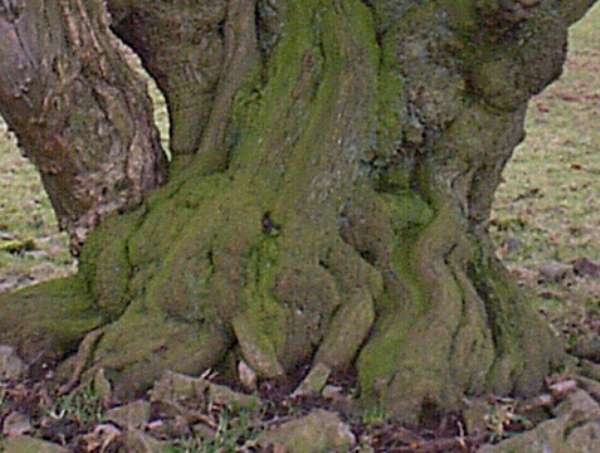
If left to grow naturally, in 100 years this thorny bush can grow into a moderately big tree. Most hawthorns in hedgerows are cut frequently to ensure that they produce an impenetrable tangle of thorny branches; however, plenty of 'natural' trees ca seen in remote parts of Britain and Ireland.Some of the oldest specimens have beautifully gnarled trunks and lower branches, often with holes where limbs have been broken by the wind and bugs and fungi have eaten into the heartwood making excellent nesting places for small birds.
Hawthorn flower buds are nearly always pinkish. When fully open the flowers - commonly referred to as 'May Blossom' because their main flowering time is the month of May - are usually white (as pictured below, left) or white with a hint of pink; however, some specimens have striking pink blossom, as also does the infertile cultivar Paul's Scarlet, Crataegus laevigata.
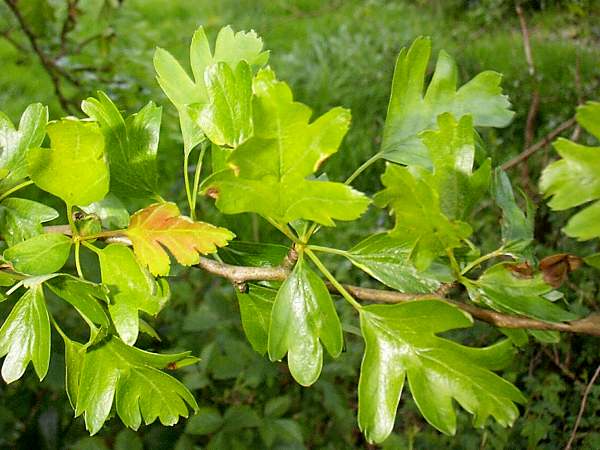
Hawthorn leaves in springtime

May Blossom
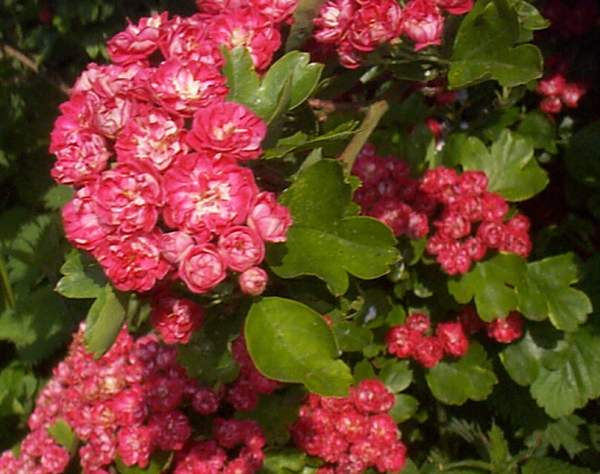
Paul's Scarlet, a hawthorn cultivar
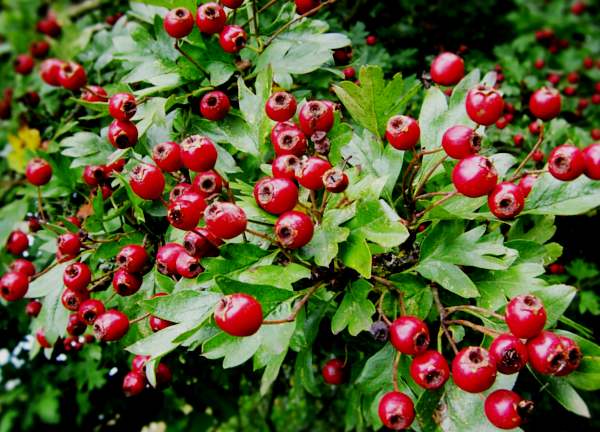
Hawthorn fruits, known as haws
The berries of hawthorns, commonly referred to as haws, provide a valuable source of winter food for birds.
Fungi associated with Hawthorns
Morels, Morchella esculenta, are sometimes found in spring beneath Hawthorns. These delicious and highly prized edible mushrooms are difficult to find, as their pitted brownish surfaces blend in well with a background of dead leaves.
Morels must always be cooked thoroughly, because the process of cooking destroys toxins contained in the mushrooms that can otherwise cause stomach upsets.
In summer and autumn Chanterelles, Cantharellus cibarius, quite often fruit beneath old Hawthorn hedges, often nestling close to exposed roots.
We should perhaps add that not once have we found Chanterelles under a tree that had provided a crop of Morels earlier in the year... but on the other hand Morels are such rare finds in Britain that no great significance should be attached to this observation.
Perhaps the most common spring mushroom associated with these trees – again a mycorrhizal fungus - is the Shield Pinkgill, Entoloma clypeatum. Blackthorn, Wild Cherry and several other members of the rose family, Rosaceae, (to which Hawthorn and the many Prunus species belong) are also able to form mycorrhizal relationships with Shield Pinkgills and possibly also with a few other Entoloma species.


